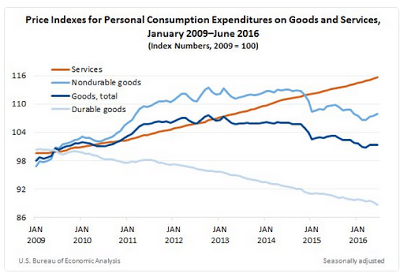At Least the U.S. Created Jobs…Canada, not So Much
The market’s angst over the underlying trend in the US labor market eases with the help of the second consecutive robust report. The 255k rise in non-farm payrolls was well above expectations, and the details were mostly favorable. There were upward revisions to the May and June reports.




